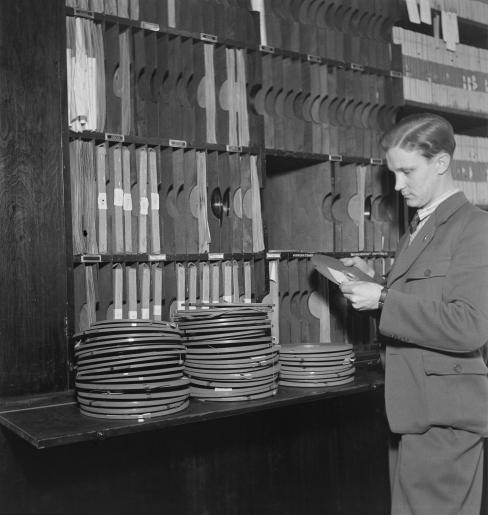Historians no longer have a corner on the history market. The average person does not necessarily pick up a scholarly text to learn about the Revolutionary War. Instead of reading a book written by a professional historian on the subject, they are more likely to pick whatever is popular on Goodreads. The average history buff’s bookshelf likely houses popular histories and historical fictions, rather than books written by those in academia. It is not that the public is disinterested in the history itself, but the way in which that history is delivered. The popularity of the Hamilton musical shows that average people can get excited about history. Historians need to start reconsidering how it is that they are sharing history. Instead of writing only for their colleagues in academia, historians need to begin writing with a broader audience in mind. Not only must they consider the language they are using, but the mediums through which they are sharing their work.
Historians are facing ever growing competition when it comes to telling the story of history. They are competing with not only popular historians, but fiction authors, film and television creators, podcasters and YouTubers. The argument from many is that this made for consumption history lacks credibility. Many argue that since the work is not scholarly, the work should automatically be dismissed. In Public History, Thomas Cauvin argues that it is not that historians should be trying to discredit these mediums, but rather that they should “work at highlighting what literary authors and academic historians can learn from each other.” (119) Historians should not be shutting out those in the creative business, but learning from their success. Historians should be taking what it is that makes these creator’s works accessible, and apply it to their own writing. Not only can historians make their work accessible through the tone and language of their writing, but by engaging their audiences. A great way to do this is through technology.
In The Presence of the Past, Roy Rosenzweig and David Thelen tell about using a phone survey to talk with people about history. This method may seem dated, as they were conducting these surveys in the 1990’s, but this same idea can be updated to today’s technologies. Cauvin advocates for Platforms like Twitter. He says that the “micro” platform is great for sharing everything from websites to conference announcements. It’s character limits don’t allow for much information, but it brings a lot of eyes to what you are sharing. The brevity of the Tweet does not allow for people to become bored and click away from your content. Cuvin also advocates for many historians most cringe inducing four letter word: Wiki(pedia).
Cauvin talks about historians collaborating in “edit-a-thons”, where they collectively edit Wikipedia pages. Eastern Washington University recently held it’s own edit-a-thon to create several Wikipedia pages about the fires in Cheney Washington. Here is one they created about the 1891 fire at the State Normal School.
Historians should not expect the average person to learn about history from academic sources. They should also not be dismissing alternative sources like novels or film, but should be taking cues from them instead. Historians should strive to make their writing accessible, not only through the language they use, but through the platforms that they are sharing their work on. Technology is not only accessible, but bolsters community engagement. In the end, history must not only be accurate, but for everyone.






